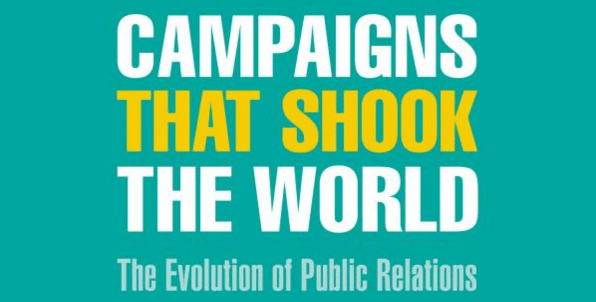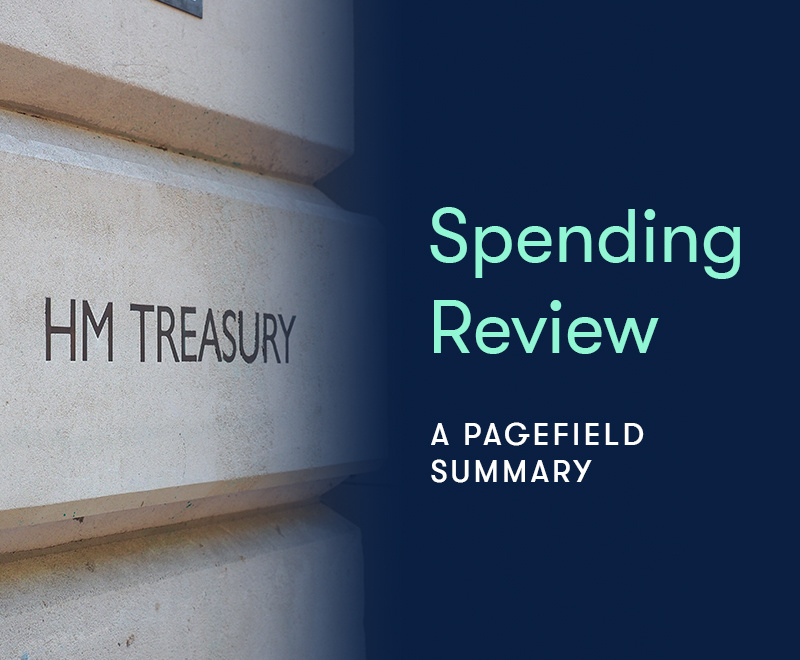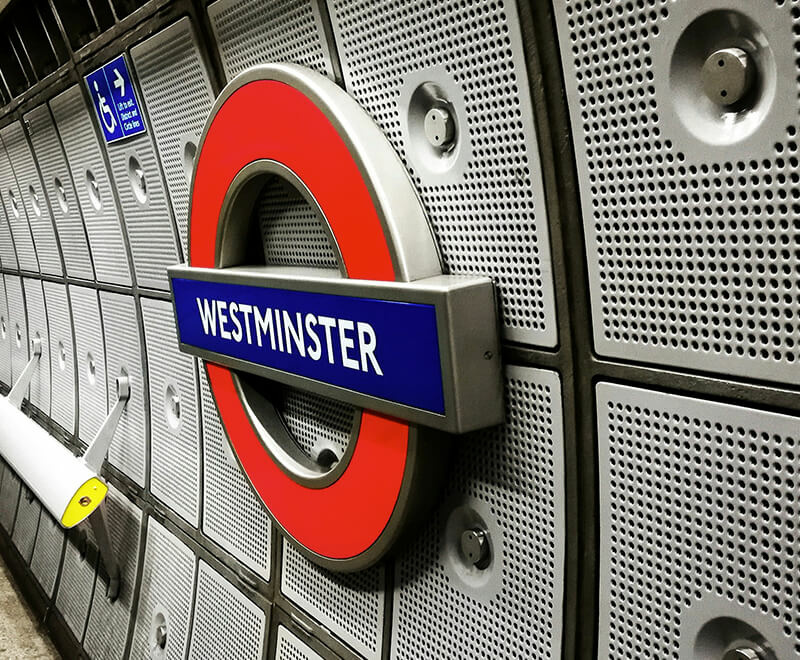PR Week’s Editor-in-Chief, Danny Rogers guest blogs for Pagefield on the five elements that make a successful campaign – the third in a series of essays on campaigning marking our fifth birthday.
Unfortunately,2015 has been a year of organisational crises. Volkswagen, Thomas Cook, Talk Talk, Fifa. Too often the term ‘PR’ is appended by ‘crisis’ in the media – ie. ‘World Athletics now has a PR crisis on its hands…’
But what about the good PR? It is easy to forget the great PR-led campaigns of modern history. How did Tony Blair come to, and stay in, power despite a downtrodden Labour Party in the mid-90s and an antithetic British media? How did Dove’s Campaign for Real Beauty change media perceptions of female beauty? And how did David Beckham transcend football to become a global brand in his own right.
I have spent much of this year analysing some of these great campaigns, the result of which is my book, Campaigns that Shook the World: The Evolution of Public Relations, published in October. The book identifies some of the shared characteristics of powerful campaigns, regardless of whether they are political, corporate or entertainment-based.
The first characteristic – and this sounds obvious, but you’d be amazed at how often it is absent – is clarity of vision and ambition. This is an absolute precursor to long-term success. For example it was Seb Coe’s single-minded vision, and that of the team at London 2012, that saw a successful Olympic Games in 2012, despite many an obstacle along the way. ‘To inspire a generation’ was the mission from 2006 onwards and the campaign rarely deviated from this.
The second characteristic is a collaborative, rather than adversarial, approach. In the late 90s, public perceptions of the British royal family were at crisis point. Following Diana’s tragic death in ’97, Clarence House was locked in an ongoing battle with the British media. However we see a transformation in the early 2000s, partly down to head of the royal household Sir Michael Peat and a new communications director, Paddy Harverson. The monarchy gradually began to open up and collaborate with the media, which culminated in the 2011 royal wedding of William and Kate, by when republicanism was firmly off the agenda. But this collaborative approach also extends to partnerships with other brands and celebrities, potentially building powerful coalitions for any organisation.
Third, by the late-2000s great campaigns – such as Product (RED), Obama for America and Campaign for Real Beauty – had begun to resemble mass movements rather than mass marketing. These are campaigns that have begun as a strong, emotional idea and effectively mobilised large numbers of people without necessarily relying on the support of traditional media. Often this is where PR becomes most powerful. It shows the ability to persuade large numbers of people to support your cause without spending millions on advertising. Digital media have fuelled this step change. Obama was able to foster support and funding through his own social media site and by texting supporters’ mobile phones with news updates.
Indeed the fourth – and increasingly crucial – element of modern campaigning is the ability to optimise new digital technologies. This is not to say that traditional media have become unimportant. Rather, I would argue that any great campaign today sees total integration of different channels to market. It may require some bought media – TV or SEO – but it must include cost-effective earned media (PR) to employ conversational marketing. And increasingly owned media – whether that be shop windows, merchandising or brand websites – are becoming the mainstay of many strong campaigns.
Finally (this is a whistle stop tour) is that rare and age-old characteristic: great storytelling and creative flair. Indeed I would argue that it has become even more important in this age of blogging and 24-7 information. This is because we are inundated with messages. Our lives are overdriven and cluttered. So the messages that cut through are thoughtful, powerful ideas. Why does John Lewis continue to dominate the retailer’s Christmas campaigns? Partly because it sticks to a single idea – ‘stories about thoughtful giving’ – always communicated with flair and quality. The 2015 campaign ‘Man on the moon’ is powerful not least because John Lewis spent one million pounds on the best directors, building a moon, finding appropriate actors and getting the soundtrack right.
David Ogilvy, one of the fathers of modern communications, said: ‘Unless your advertising contains a big idea, it will pass like a ship in the night. I doubt if more than one campaign in a hundred contains a big idea. Campaigns that Shook the World is all about that one per cent.



